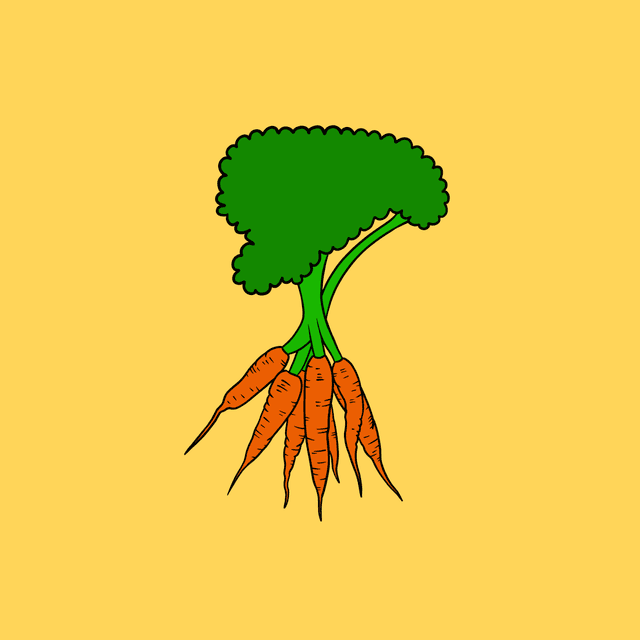Sections
Latest
Heading to the farmer's market, this weekend? Don't forget your German vegetables vocabulary.





Here's a list of all the German vocabulary for vegetables that we could possibly think of 🤯. Quite naturally, the first word that came to mind was 'potato' and after that we struggled a lot to come up with any other vegetables: but there seem to be so many more vegetables that aren't potatoes?!
Ok, we're just kidding! There is more to German cuisine than just potatoes (there are also sweet potatoes after all!).
In any case: We hope we didn't forget some really important vegetables here! If we did, just send us a quick mail and we'll correct that. As a thank-you, we'll also send you a photo of a very beautiful potato 🥔.
Let's start with vegetables that Germans love: potatoes! The German word for potato is Kartoffelpotato.
Now, more generally, potatoes are root vegetables (with the German word for root vegetables being "Wurzelgemüse.") Root vegetables are vegetables that grow underground, so that also includes carrots and beets.
Tube vegetables, on the other hand, are vegetables that grow in tubes or cylinders, such as sweet potatoes and turnips. Here's a list of some German words for roots & tubes:
Bulb vegetables are vegetables that (surprise!) grow from a bulb or underground stem (such as onions, garlic, and all kinds of leeks). In German, we call these types of vegetables "Zwiebelgemüse" (so, literally: onion-vegetables).
Some common bulb vegetables in German cuisine include Zwiebeln (onions), Knoblauch (garlic), and Lauch (leeks).
Stem vegetables, on the other hand, are vegetables that grow from a stem above ground (such as asparagus and celery). In German, these types of vegetables are known as "Stängelgemüse".
Some common stem vegetables in German cuisine include Spargel (asparagus), Stangensellerie (celery), and Meerrettich (horseradish). Stem veg is often eaten as a side dish or used to add flavor and crunch to salads.
Podded vegetables are vegetables that grow in pods, such as peas and beans. In German, these types of vegetables are known as "Hülsenfrüchte." Some common podded vegetables in German cuisine include Erbsen (peas), Bohnen (beans), Kichererbsen (chickpeas), and Linsen (lentils).
These vegetables are used in all kinds of soups, stews, and casseroles and are a staple in German cuisine. Some popular German dishes using podded vegetables include Erbsensuppe, Bohnensalat or Linseneintopf: Perfect for meals that are a bit more herzhafthearty.
German cuisine makes use of a variety of gourds, squash, and peppers. Some common types of gourds used in German cooking include pumpkin, zucchini, and cucumber. These vegetables are often used in soups, stews, and casseroles, and can also be grilled or roasted as a side dish.
Here are a few dishes from German cuisine, that use these ingredients:
Die Kürbissuppepumpkin soup: A pumpkin soup made with pumpkin, onions, potatoes, and sometimes other vegetables like carrots or celery. It is often seasoned with spices like nutmeg and cinnamon and is a popular dish in the fall and winter months.
Die Zucchini-Pfannezucchini stir fry: A stir-fry made with zucchini, onions, and sometimes other vegetables like bell peppers or mushrooms.
Der Gurkensalatcucumber salad: A cucumber salad made with thinly sliced cucumbers, onions, and a vinegar-based dressing. It is a refreshing side dish that is often served with grilled meats.